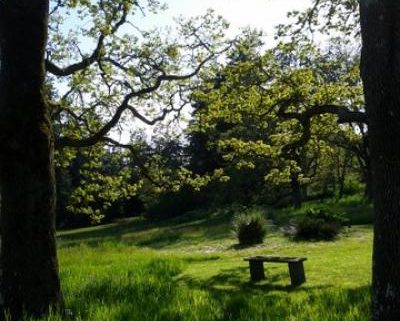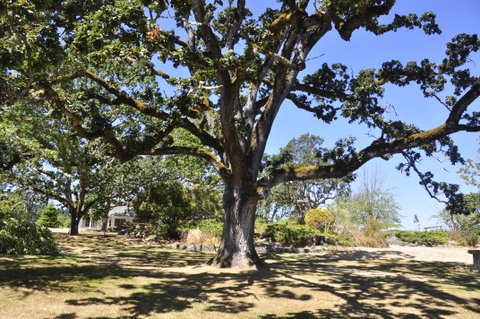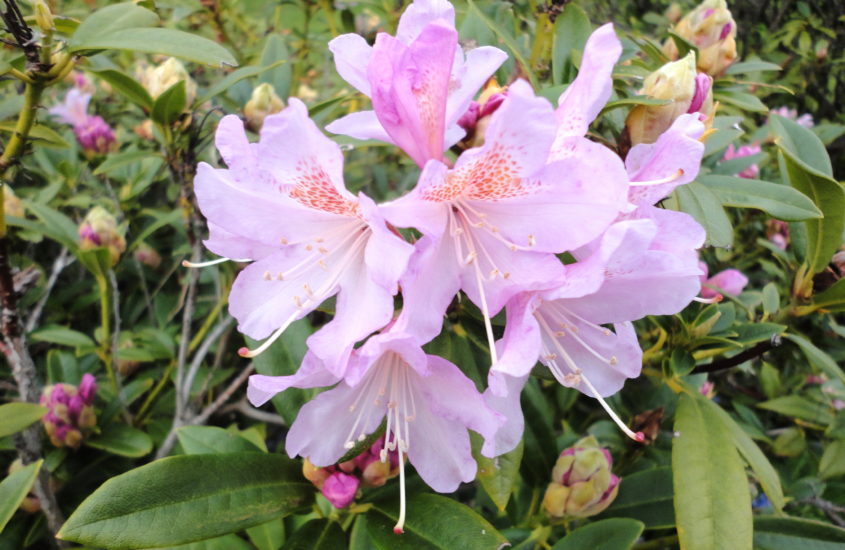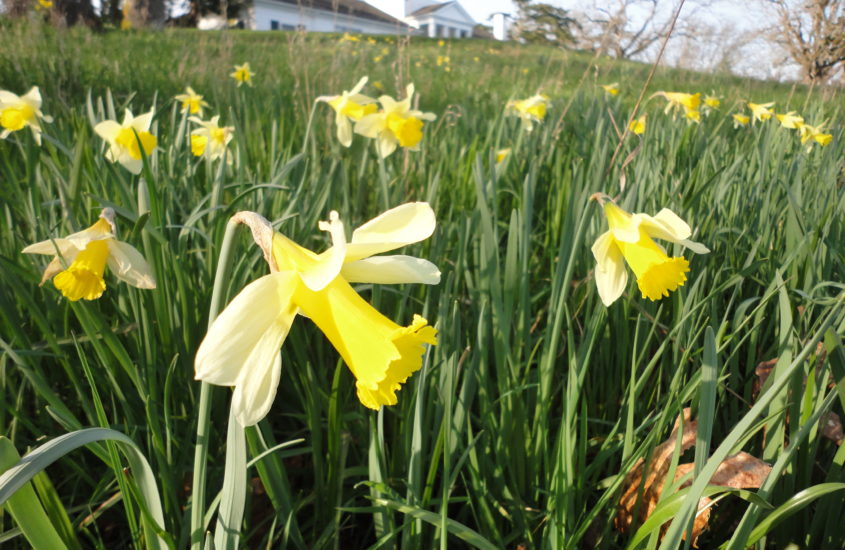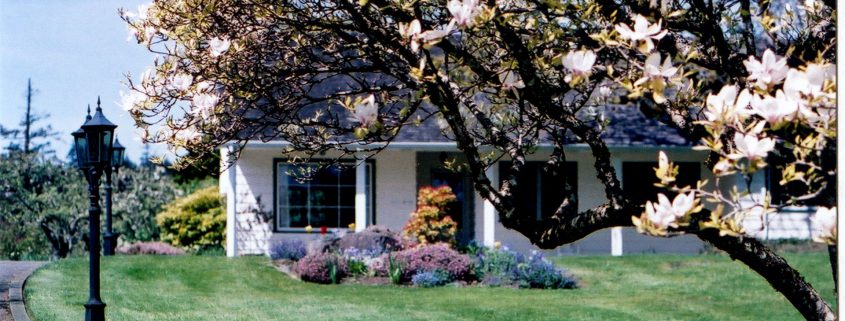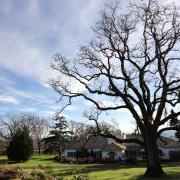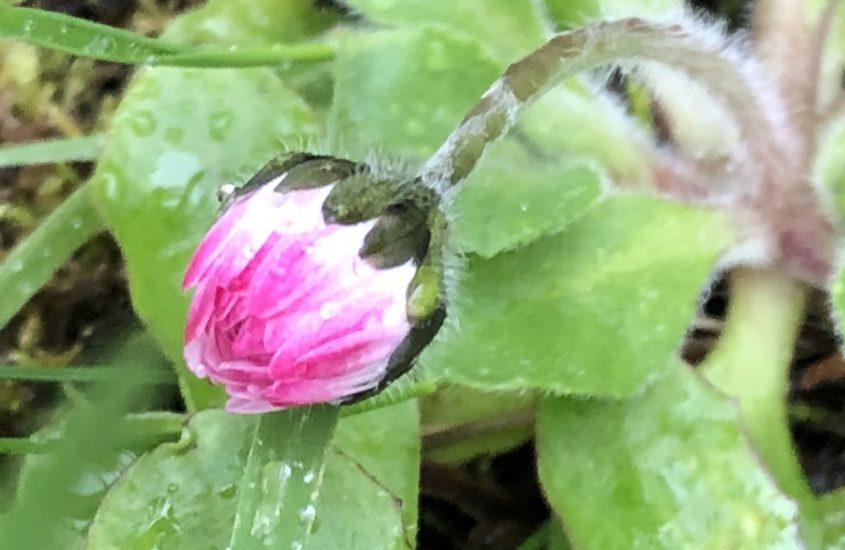From Delusion to Awakening Weekend Retreat, July 27 – 29, 2018
From Delusion to Awakening
with GP Walsh
July 27 – 29, 2018
This weekend retreat, held at the Krishnamurti Educational Centre of Canada near Victoria, BC, was presented by GP Walsh, a spiritual teacher from New York. GP has been teaching inquiry and self-awareness for over thirty years. He is the founder of the MasterHEART Institute and the creator of Inner Reconciliation, which formed the backbone of this retreat.
GP’s website explains the central points of his teaching. The path to awakening is twofold: the path of inquiry or wisdom and the path of compassion or heart. Both are necessary in order to both know the reality of your true being and to live it in everyday life. We are always our true self, but we do need to have our own unique personal realization of it. And it doesn’t stop there. Once the awakening begins to dawn we can begin to integrate that inspiration and wisdom into every detail of our lives. Thus we become the living truth.
The retreat began with a public talk on the Friday evening, attended by seventeen people. GP spoke of the fact of impermanence and change, pointing out that conflict is the attempt to make stable that which is always changing. He asked if there is something unchanging which observes the change, something unmoving which can see the movement. He expressed his deep appreciation of J. Krishnamurti and the importance of his teachings on the understanding of the operation of the “egoic” mind, As Krishnamurti points out, without this understanding we cannot be free.
GP encouraged us to openly express what is going on in the egoic consciousness and not to sugar-coat it. Thus we can be with what is authentically our experience. This set the stage for the weekend of inquiry, guided meditations, and group discussions of the nature of our consciousness and our true identity as awareness rather than as the “person”. Included were stories depicting our human shared process of seeking, GP’s own experiences in that domain, and exploration of the challenges and anxieties involved in the deconstruction of the ego. The sixteen participants looked into the nature of the “present moment” and kept returning to the question “Who am I, really?” GP pointed to the
significance of allowing whatever is being experienced and being aware of resistance in ourselves to “what is”. Everything in us has a place when not being interpreted and shaped by the egoic delusion that we are separate entities. When the idea of separateness is believed, we suffer. Otherwise, our unique expression of Being can by enjoyed and valued. The one and it’s expression as the many are of equal significance.
GP skillfully stretched the boundaries of our understanding and experience of ourselves and our reality. He also presented a short experiential outline of the “Emotional Freedom Technique”, which has been helpful for resolving fears and conflicts.
Included in the weekend were two videos about the life of Krishnamurti and some of his teachings on the subject of freedom. Delicious meals were provided by the local Glenrosa Restaurant. It was a wonderful weekend and we look forward to further association with GP.

